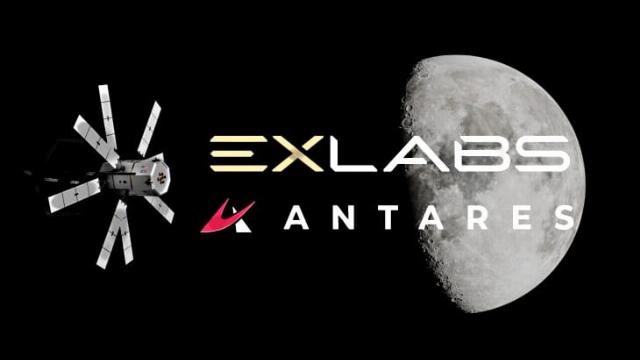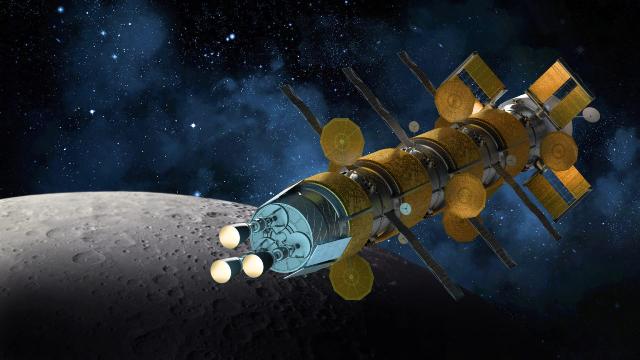Antares and Exlabs have signed cooperation agreements on the development of a nuclear-powered space probe. As part of it, the developers plan to launch the reactor into space in the 2020s - for the first time in the 21st century.
The head of developers at the American private startup Antares said in a statement to the media [...] : "For too long, space nuclear power has existed only in the form of conceptual research, now it's time to build." This statement is factually incorrect: the first nuclear reactor was launched into space from the United States in 1965, 60 years ago. Another 34 nuclear reactors were put into orbit by the USSR. However, after its liquidation, such events really stopped happening.
Representatives of startups noted that in their understanding, the goals for such reactors are military and lunar spacecraft. As part of the cooperation, the companies plan to launch the first satellite with a nuclear reactor on board into geostationary orbit in 2028-2029. Such orbits in the United States are often chosen for military satellites. They are also characterized by significant energy consumption, which makes a nuclear reactor in demand.
At the same time, existing types of U.S. military satellites do not have energy needs above kilowatt levels. Given the high efficiency of solar panels in space, nuclear power supply looks excessive for them. Perhaps startups see the satellites of the Golden Dome system, the creation of which Donald Trump declared the goal of his administration, as a niche for their power systems. Some of these devices are claimed to be laser platforms that are supposed to shoot down the warheads of intercontinental ballistic missiles with nuclear warheads. In theory, a nuclear reactor may be more profitable for such orbital systems than solar panels.

Both startups expect to sell the space platforms they have created to third-party buyers, including from the field of national security (that is, from the military sphere) / © SpaceNews.com
Nuclear reactors for space have a number of features that make their development difficult. They do not use typical Earth-based water-to-water reactors (too much mass). On the contrary, heat from the core is removed by liquid metal (for example, a sodium-potassium mixture, if we take the orbital reactors of the 20th century) or gas (in space reactor designs with a gas turbine).
There have been no working reactors of this type in the United States for a long time, and it will not be easy to develop them from scratch. Launching them into space by the American (as well as any other) player in the 2020s will be very difficult to implement: it is problematic to create a reliable reactor over the remaining five years.
Additional complexity: the Golden Dome systems require capacities from tens to hundreds of kilowatt-hours and above. This means that they will need a gas turbine to generate electricity. Such closed-cycle turbines are currently not in production anywhere in the world. The reason is that turbine R&D is generally very difficult. And a closed—cycle turbine requires high pressures and exotic gases - that is, it will be much more difficult than any being built on Earth today. The development of mini-nuclear power plants can take a decade or more only for this part.
Therefore, most likely, the first demonstration reactor of Antares and Exlabs will be launched into space with reduced power removed by thermoelectric generators. Most likely, they will not be more powerful than a few kilowatts. But after their launch, it will become easier for the US Department of Defense to allocate money to startups for the extremely difficult development of a closed-cycle gas turbine for space.

